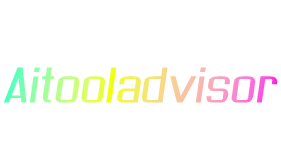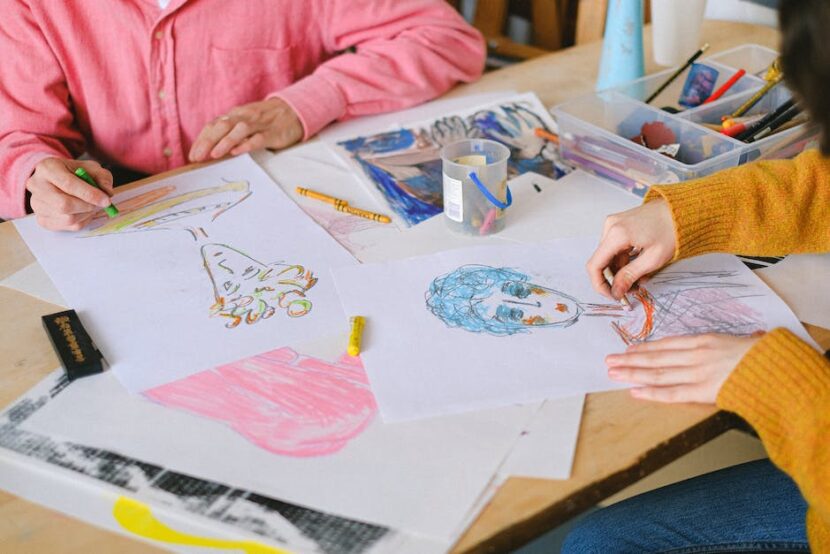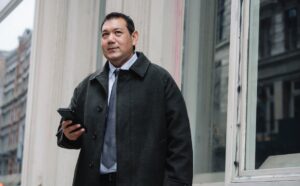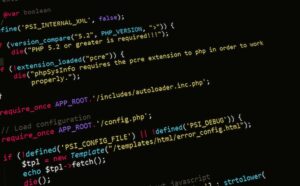-
Table of Contents
istry – AI and Art Unite!
Introduction
Artificial Intelligence (AI) has been a major force in the art world for decades, and its influence continues to grow. AI has enabled artists to create works of art that would have been impossible to create without the help of technology. AI has also enabled artists to collaborate with machines to create works of art that are a combination of human creativity and algorithmic processes. AI has also enabled the creation of algorithmic art, which is art created entirely by algorithms. AI has opened up a world of possibilities for artists, allowing them to explore new creative avenues and create works of art that are truly unique. AI has also enabled the creation of art that is interactive and responsive to its environment, creating a new type of art experience. AI has revolutionized the art world, and its influence will continue to grow in the years to come.
Exploring the Possibilities of AI-Generated Art
Art has been around for centuries, and it has evolved in many ways over the years. From traditional paintings to digital art, the possibilities for creativity are endless. Now, with the emergence of artificial intelligence (AI), a new form of art is being created. AI-generated art is a fascinating new development that is pushing the boundaries of creativity and artistry.
AI-generated art is created using algorithms and machine learning. This type of art is created by computers, rather than by humans. The algorithms are programmed to generate images, videos, and other forms of art based on certain parameters. This type of art is often referred to as “generative art” or “algorithmic art.”
The possibilities of AI-generated art are endless. AI can be used to create abstract images, videos, and even music. AI can also be used to create more realistic images, such as portraits or landscapes. AI can even be used to create art that is based on a specific theme or concept.
AI-generated art has the potential to revolutionize the art world. It can be used to create unique and innovative pieces of art that would be impossible to create with traditional methods. AI-generated art can also be used to create art that is more accessible to a wider audience.
AI-generated art is still in its early stages, but it has already shown great potential. As AI technology continues to develop, the possibilities for AI-generated art will only continue to grow. It is an exciting new development that is sure to have a major impact on the art world.
The Impact of AI on the Art World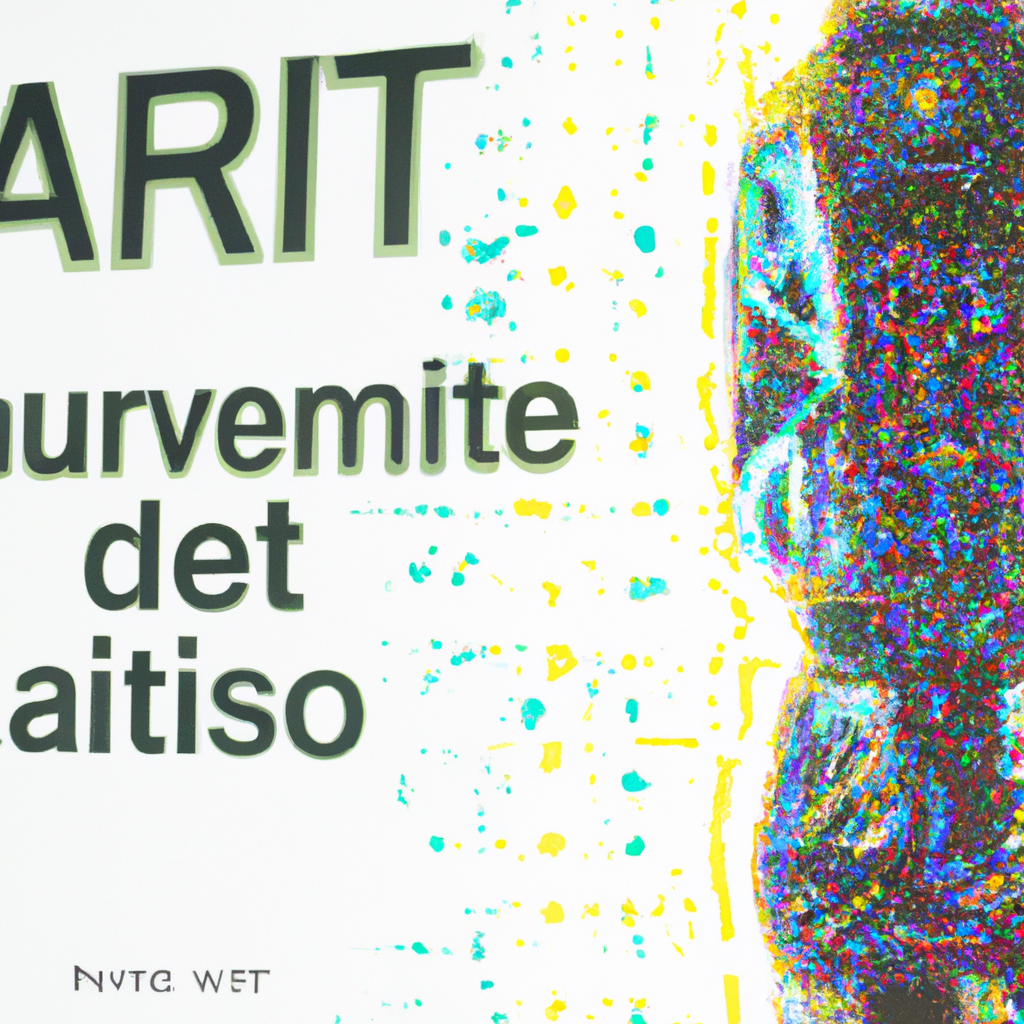
The art world is undergoing a major transformation due to the emergence of artificial intelligence (AI). AI is revolutionizing the way art is created, experienced, and sold.
AI is being used to create art in a variety of ways. AI algorithms can generate art that is based on data, such as images or text. AI can also be used to generate art that is based on the artist’s own style. AI can even be used to create art that is completely unique and original.
AI is also being used to enhance the experience of viewing art. AI-powered apps can provide viewers with more information about the artwork they are viewing, such as the artist’s biography, the artwork’s history, and even the artwork’s current market value. AI can also be used to create virtual reality experiences that allow viewers to explore art in a more immersive way.
Finally, AI is being used to revolutionize the way art is sold. AI-powered platforms can help buyers find artwork that matches their tastes and budgets. AI can also be used to automate the process of pricing artwork, making it easier for buyers and sellers to agree on a fair price.
The impact of AI on the art world is undeniable. AI is transforming the way art is created, experienced, and sold. As AI continues to evolve, it will continue to revolutionize the art world in new and exciting ways.
How AI is Changing the Creative Process
Artificial intelligence (AI) is revolutionizing the creative process, allowing us to create more complex and interesting works of art than ever before. AI is being used to generate music, create visual art, and even write stories.
AI can be used to generate music by analyzing existing music and creating new pieces based on the patterns it finds. AI can also be used to create visual art, such as paintings and sculptures, by analyzing existing works and creating new pieces based on the patterns it finds. AI can even be used to write stories, by analyzing existing stories and creating new ones based on the patterns it finds.
AI can also be used to help with the creative process. For example, AI can be used to suggest ideas for stories, music, and visual art. AI can also be used to help refine existing works, by suggesting changes and improvements.
AI is also being used to help with the marketing and promotion of creative works. AI can be used to analyze data about potential audiences and suggest ways to reach them. AI can also be used to analyze data about existing works and suggest ways to improve them.
AI is changing the creative process in many ways, allowing us to create more complex and interesting works of art than ever before. AI is helping us to create more efficient and effective works of art, and to reach more people with our creative works. AI is revolutionizing the creative process, and it’s only going to get better from here.
The Ethics of AI-Generated Art
AI-generated art is a fascinating and rapidly growing field of creativity. It has the potential to revolutionize the way we think about art and creativity, and it raises some important ethical questions.
At its core, AI-generated art is art created by artificial intelligence. It can be anything from a painting to a sculpture to a song. AI-generated art is created using algorithms that are programmed to generate art based on certain parameters. This art is often created without any human input or intervention.
The ethical implications of AI-generated art are complex. On the one hand, it has the potential to open up new possibilities for creativity and expression. It could also lead to the democratization of art, making it more accessible to people who may not have the resources or skills to create art on their own.
On the other hand, AI-generated art raises questions about the ownership of the art. Who owns the rights to the art? Is it the creator of the algorithm or the person who programmed it? Is it the AI itself? These questions are still being debated and there are no clear answers yet.
Another ethical issue is the potential for AI-generated art to be used for malicious purposes. AI-generated art could be used to spread misinformation or to manipulate people’s emotions. It could also be used to create art that is offensive or inappropriate.
Finally, there is the question of whether AI-generated art can truly be considered “art”. Some people argue that art requires a human touch and that AI-generated art is not truly creative. Others argue that AI-generated art is just as valid as any other form of art.
These are just some of the ethical questions surrounding AI-generated art. As the field continues to grow and evolve, it is important to consider these questions and to ensure that AI-generated art is used responsibly and ethically.
The Role of AI in Art Education
Art education is an important part of any student’s development, and Artificial Intelligence (AI) is playing an increasingly important role in the way art is taught. AI can help students learn more effectively, and can even help teachers create more engaging and interactive lessons.
AI can be used to create personalized learning experiences for students. AI-powered software can analyze a student’s work and provide feedback tailored to their individual needs. This can help students learn more quickly and effectively, as they can focus on the areas where they need the most help. AI can also be used to create interactive lessons that can engage students and help them learn more effectively.
AI can also be used to help teachers create more engaging and interactive lessons. AI-powered software can analyze a student’s work and provide feedback tailored to their individual needs. This can help teachers create lessons that are tailored to each student’s individual needs and interests. AI can also be used to create interactive lessons that can engage students and help them learn more effectively.
Finally, AI can be used to help teachers assess student progress. AI-powered software can analyze a student’s work and provide feedback tailored to their individual needs. This can help teachers track student progress and identify areas where students need additional help.
In conclusion, AI is playing an increasingly important role in art education. AI can help students learn more effectively, and can help teachers create more engaging and interactive lessons. AI can also be used to help teachers assess student progress and identify areas where students need additional help. AI is an invaluable tool for art educators, and its use is only going to become more widespread in the future.
Conclusion
AI and art have come a long way in recent years, from creative collaborations between humans and machines to the emergence of algorithmic art. AI has enabled artists to explore new creative possibilities and create art that would not have been possible without the help of AI. AI has also enabled the development of new tools and techniques that can be used to create art. AI and art have the potential to continue to evolve and create new and exciting possibilities for artists and art lovers alike.
